Riccardo Grassi on production, distribution and the power of ideas
"In fashion, there is no season that needs a new collection, but as soon as a new idea comes up, success comes too." For nearly thirty years, this has been the guiding mantra of new-brand talent scout Riccardo Grassi, founder and CEO of RG Showroom. As a mentor at Istituto Marangoni Milano, Grassi is ready to share his experience with students in the fashion business programs. From Asia to Milan, from the metaverse to physical retail and emerging Chinese designers, from aesthetics to ethics, here's everything you need to know about the industry’s future as seen by a fashion visionary.
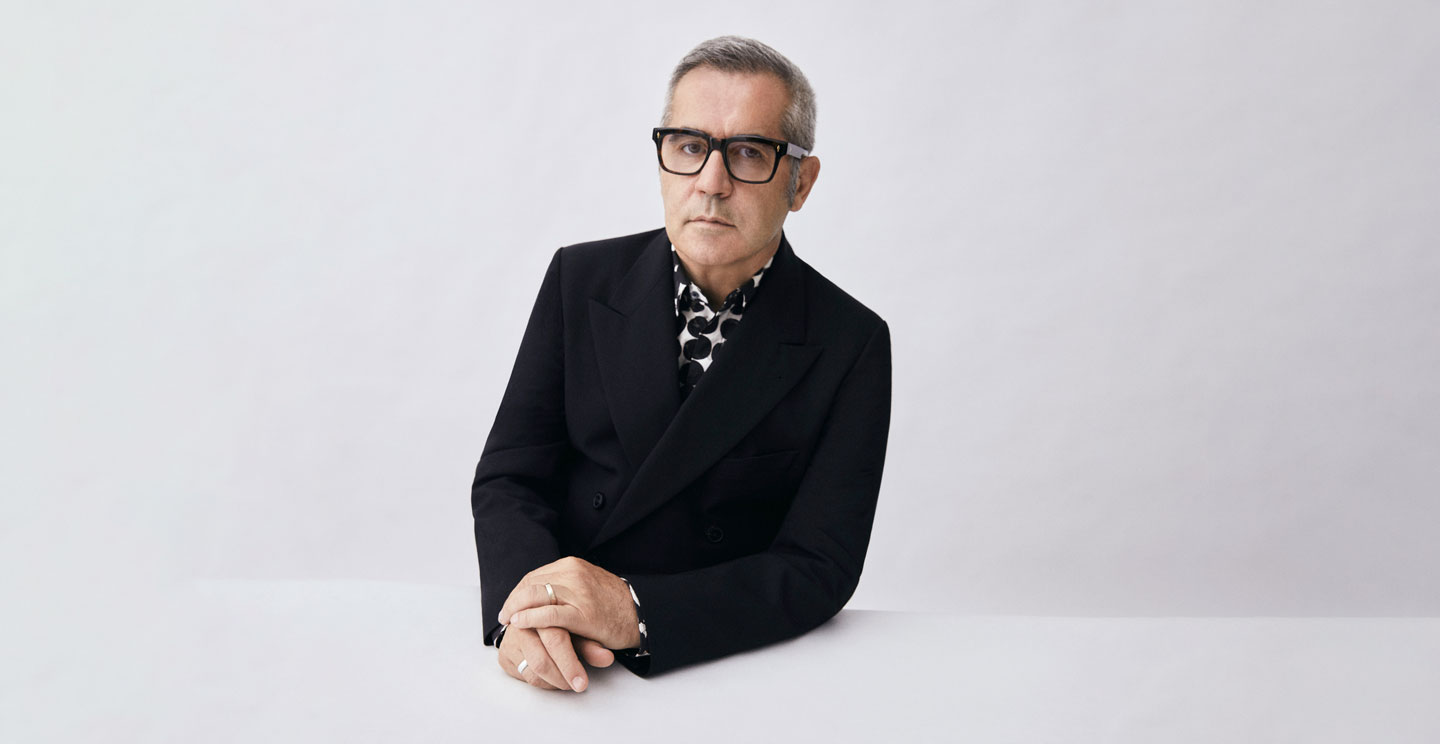
Riccardo Grassi
Talking about fashion weeks, what are your thoughts on post-COVID-19 opportunities? Are many consumers likely to return to pre-crisis levels of spending?
There is a comeback to direct, face-to-face professional relationships. You can take a quick ride and finalise your order online, but you are now open to hearing – it's a critical attitude. Unfortunately, though, Asian buyers were not allowed to attend fashion weeks physically, and this restriction will last throughout 2022. But if you look globally, you can see an upswing in business volume today. Some countries are booming, and this also concerns Italy, where last winter, boutiques recorded one of those sell-outs you hadn’t seen for decades, well before the pandemic began. So, the pre-collection order volume has grown. There is now great optimism after this exciting data and a good start for the men's s-s 22 collections. For 15 months, up to September 2021, store performance was erratic, but now please look at this boom. End consumers have entirely changed their purchase decisions, but they are buying a lot.
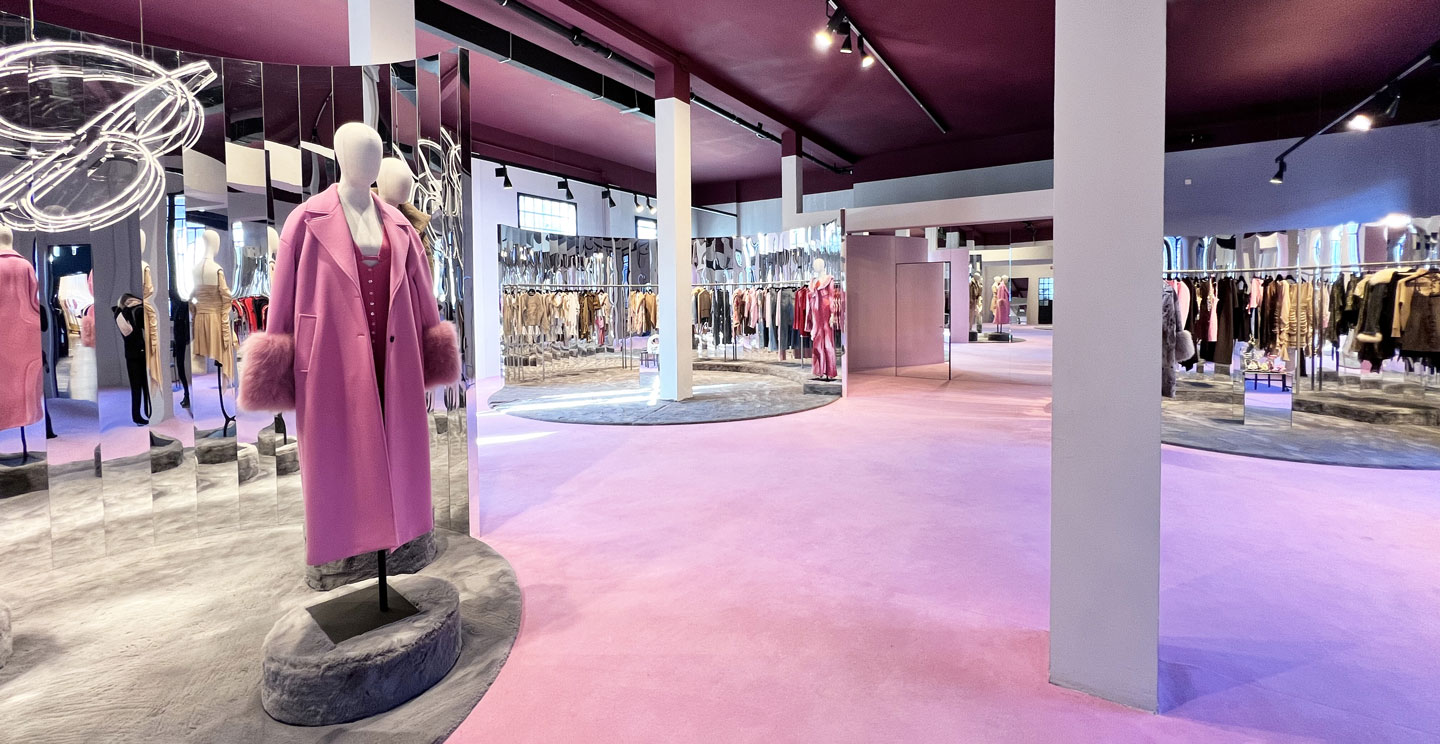
RG Showroom
What do buyers want the most today? Are they pushing the boundaries of what is a safe choice?
We just went through a year and a half, which I would call ‘the age of beige’ – a cosy and casual colour, the perfect shade for cashmere and sweatshirts women put on for this non-need to go out. Fortunately, women no longer dress up for their partners but aim to feel fabulous for themselves and spend their money on cool, unique and eye-catching items to use in their daily routine. So, the retailers' buying is more "unscrupulous" even when it comes to the value of the garment itself: if that piece is seen as bold and performs well in the online sales space, then its price is not such a big deal. Please don’t call it revenge spending, but revenge attitude. We see this trend in the end consumers, so we see it in the retailers, which makes us optimistic. It will last at least 15-18 months, and when it calms down, Asia will come back.
“Don’t call it revenge spending, but revenge attitude.” – Riccardo Grassi
Are you still focused on growing your business with Asia?
That continent represents the future. According to market research, it will drive 40-50% of the world’s consumption from 2025 onwards. The key point is not that Asia is a wealthy continent, but that it’s young in terms of forward-thinking. I am referring to the new Asia: China, Taiwan, Korea and even Australia, but there is also Canada, where half of the consumers are of Asian origin. Asian buyers are not keen on buying online; they are not really into Zoom calls, so they’d instead work with lookbooks and line sheets. However, when you meet them in person, they are very empathetic in their dealings, pushing the boundaries of what algorithms based on past sales suggest. In other words, they have far fewer restrictions than British or American department stores. With their comeback, retail in Europe will change, along with consumption and showrooms. Not to mention that, over these two years of the pandemic, when we were not allowed to travel to Asia, many new shops have sprung up there, many cool.
“The key point is not that Asia is a wealthy continent, but that it’s young in terms of forward thinking.” – Riccardo Grassi
Are there any interesting retail concepts in the Land of the Dragon?
Since there is a lot of investment, it immediately starts to duplicate its formula if a retailer performs well. Like The bálancing shop, which has three locations in Shanghai and is expected to open soon in Wuhan, Xi'an and Beijing. Within two or three years, a shop can open in up to 15 locations, or even more. Over there, the power of a good retailer is huge because there is both financing and investors. On the other hand, rents are costly in Europe, and there is no shopping centre culture. China is the new world not because it is the new world of the richest, but simply because it is a totally different world. And it has shown that it is open to so many international collections, created by both new and established brands, and it also gives a vast space to up-and-coming Chinese designers.
“China is the new world not because it is the new world of the richest, but simply because it is a totally different world.” – Riccardo Grassi
So, who are these up-and-coming Chinese designers?
At least ten of them are so talented that they may already be ready for the international market. Still, they simply have to establish themselves in China to succeed with their business. One of them is the designer SHUSHU/TONG: we could crown her number one in China for the brand image she has created, and she could be the best in Milan or even London.
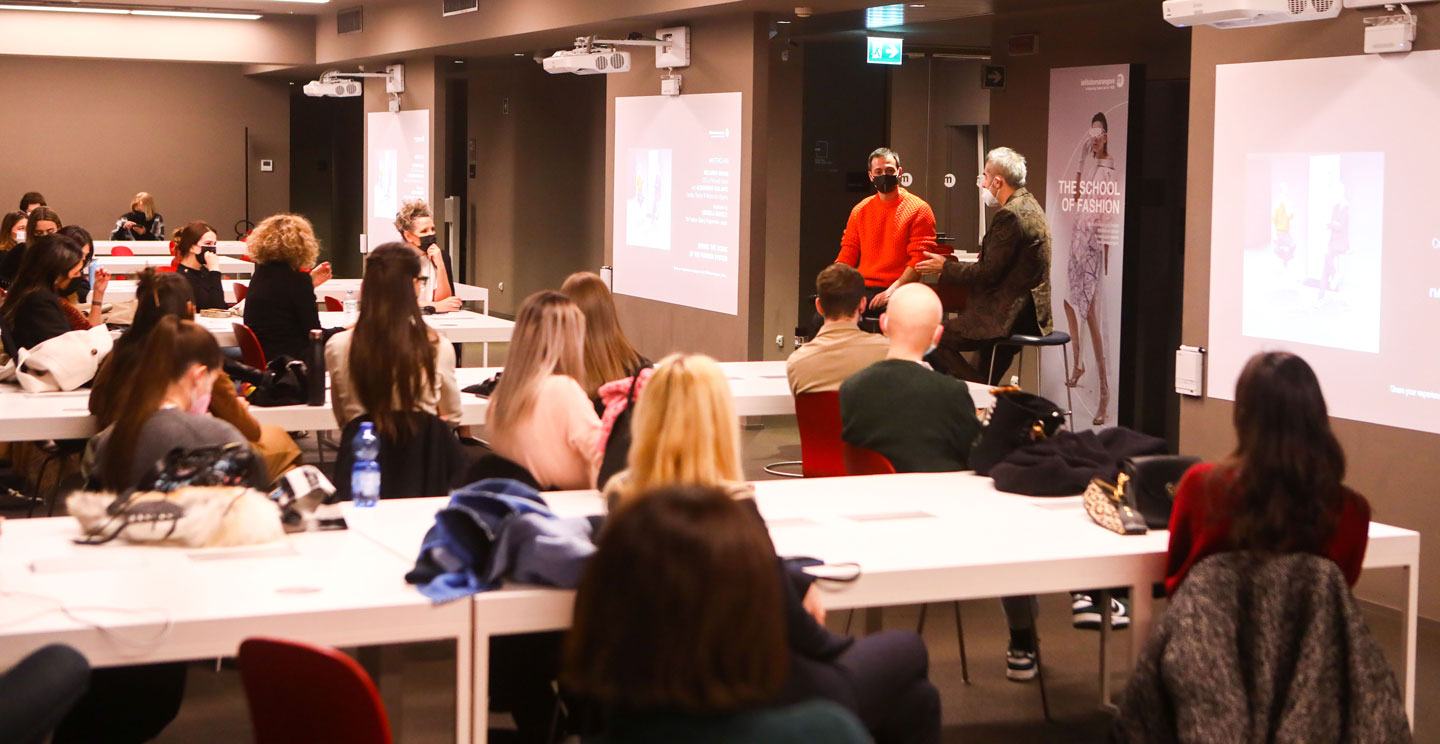
Students meeting mentor Riccardo Grassi
Speaking of Milan, what is your forecast for the city?
Milan is widely regarded as the city of the comeback and the future. Over the next three years, it will be the capital of the new. Retail, investments, new projects, design, and even the Milan Cortina 2026 Winter Olympic Games are all coming together to spotlight Milan. It is in some ways comparable to Asia. Milan's new energy amazes even the British.
“Retail, investments, new projects, design and even the Milan Cortina 2026 Winter Olympic Games: in the next three years, Milan will be the capital of the new.” – Riccardo Grassi
What are you experiencing as a mentor at Istituto Marangoni in Milan? Do you see a new creative wave rising from fashion schools?
Besides creativity, I am glad to see how Istituto Marangoni focuses on providing courses on different fashion professions. There are not only designers out there but also stylists and merchandisers and fashion marketing experts. The students are talented and well-prepared; they come from all over the world because Istituto Marangoni is an international school, and by networking with each other they create a community capable of imagining and inspiring the future. The best mentorship is to tell these guys the truth – fashion is a very tough world, but it gives a lot of opportunities every time.
“Students at Istituto Marangoni are talented and well-prepared; they come from all over the world, and by networking with each other they create a community capable of imagining and inspiring the future” – Riccardo Grassi
From physical to digital experiences. If Mark Zuckerberg is right, our lives will soon be moving into digital universes. Fashion got swallowed by the metaverse last year. But how did we get here? And are we any better off for it?
The metaverse could be the latest bluff of the net. I love the net; I’m fascinated by all its content; for more than ten years, I have been saying that Instagram is the media par excellence, but the Internet is also about non-knowledge. For now, it's a game of emulation for its own sake.
So, you agree with Bernard Arnault who said he was "waiting to understand the potential of metaverse well"?
Totally on the same wavelength as LVMH. Of course, there is no longer a group of catwalk designers who inform fashion; on the contrary, fashion is informed by the street. That's why I'm very interested in how fashion reaches customers. . Balenciaga is the brand that has been representing the best blend of product, very modern communication (much more contemporary than anything that can be done in the metaverse) and market impact.
“I am cautious about the metaverse, as I agree with Bernard Arnault and LVMH. For now, it's a game of emulation, a communication strategy.” – Riccardo Grassi
During the pandemic times, one of the sharpest catchwords used by the fashion world was "change", defined as a reduction in the number of seasons, the abolition of pre-collections and a revolution in the timing of collection deliveries and sales. Do you think this change has been coming?
Fashion will never produce any less, simply because it cannot: it must make more to cut costs. Regarding sustainability, denim is the world's best-seller and the most polluting fabric at the same time. We can see a lot of hypocrisy, as the denim companies are the same ones that surf the wave of sustainability, despite their very high environmental impact.
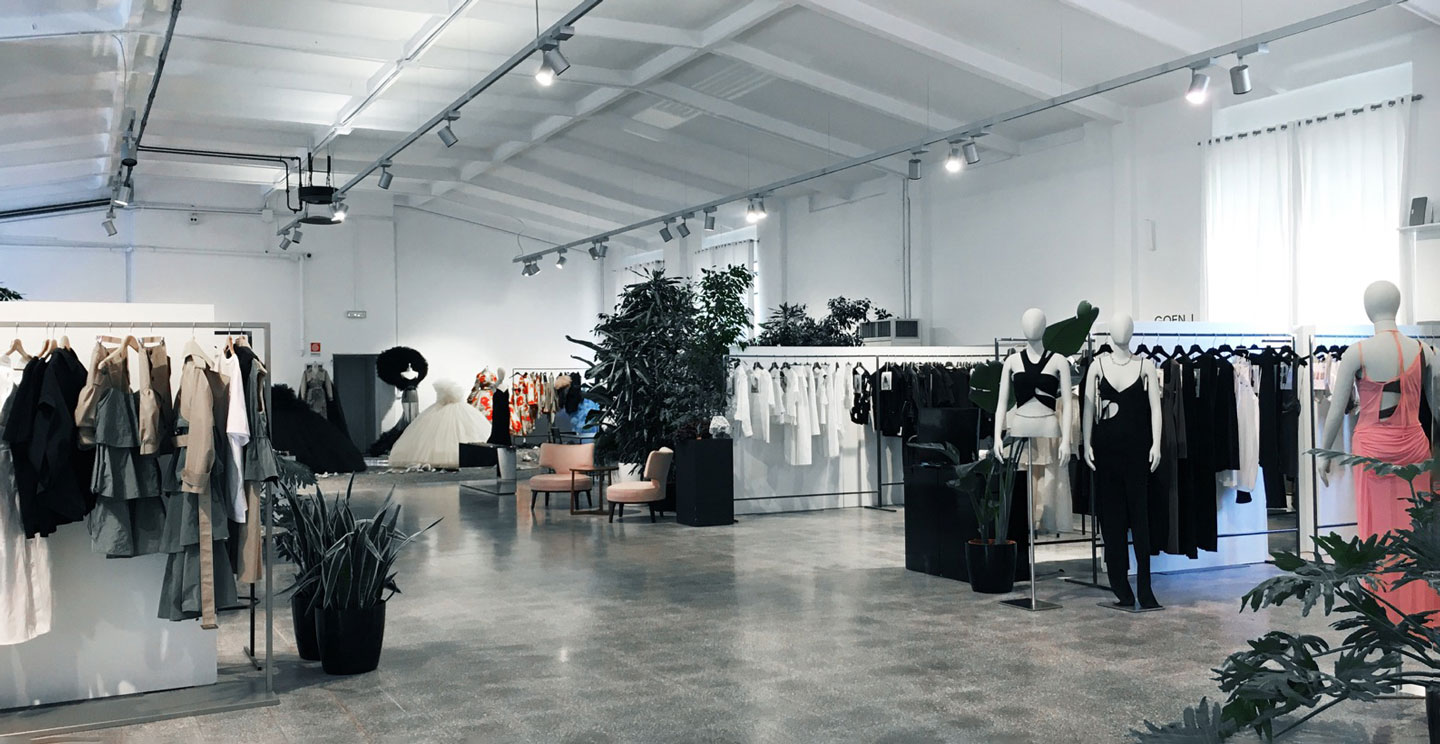
RG Showroom
Is it then possible to strike a balance between sustainability and production?
Today, textile companies are implementing effectively sustainable measures: change is happening upstream the supply chain. So, brands can call themselves green-conscious simply because they use certified materials from these virtuous companies. I think the real challenge is more about sourcing verification and ethics than just sustainability. If only fashion strived to be less hypocritical and focus on the condition of workers around the world, it would be an outstanding achievement for humanity. This also implies that the supply chain must be fully traceable, and it is not enough to write 'Made in Italy' on garment labels. There is a very high-quality Made in Italy label, but also an extremely mediocre one that too many people still tolerate.
“Today, textile companies are putting in place effectively sustainable measures. A brand's real challenge lies in sourcing, ethics, and workers' condition. I stand for the importance of supply chain traceability.” – Riccardo Grassi
This is why RG Showroom recently signed an agreement with SBP-Sustainable Brand Platform? If we remember correctly, the aim is to give brands the tools to measure and communicate their environmental commitment…
These guys help brands to be transparent. You have to respect expertise and hire experts who know how to talk about sustainability, just as you consult people with retail experience when you are looking for advice on new business frontiers.
And what is the buzz around retail and online stores?
Everyone is now talking about double-digit growth in the online division just because digital platforms are expanding the range of products they sell. Of course, online clothing sales have been booming, but they have not been so impressive. However, online will always work better when paired with offline retail: an omnichannel strategy is not a thing of the past. With a few notable exceptions, such as NET-A-PORTER and SSENSE, the platforms with a great deal of experience in retail are the most successful – those that developed an online store that reflects the identity of their physical space.
Taking a quick tour of the physical world, what are some exciting models you can see in global retail today?
Kith and END. Clothing, in London, which is participated by the Carlyle Group and is about to take over Milan. They represent a new way of bridging physical and online reality - not just selling a hundred brands, but in that specific way. In the future, there will be more and more shops with this bold personality – the same character that will be used to shape their online spaces. When on the other hand, you surf online platforms organised as catalogues, you do it because you are hunting for the item where it is cheapest. Last but not least, another interesting case of how to sell the products of several brands is Vitkac, in Warsaw, Poland: it proves that an excellent retail idea can come from anywhere and go everywhere. And since inventing a new formula and implementing this good idea is very hard, funds are now more interested in retail while buying them is easier. It is somewhat the same thing that French groups realised when acquiring existing brands rather than creating new ones.
Many of these successful retail business stories are imbued with streetwear...
You can see a different, maybe more sophisticated streetwear coming through here. The sneaker business weighs heavily on this market. This trend will grow even more in the future when there are more and more walls of crazy trainers displayed in crazy ways - limited editions are not enough; you want to experience something. Just look at the mass phenomenon of Pangaia. This brand embodies the new streetwear: you’re now facing a range of colourful, genderless, cool, ethical and tracked products, created by a label committed to diversity and inclusivity with mind-blowing, sincere communication, and amazing photos that they post every day at a fast pace. They have conquered 100% of consumers aged 15 to 25. Of course, Pangaia is creating essential items, but you must simply think about how to reflect this attitude in all market segments, and that's it.
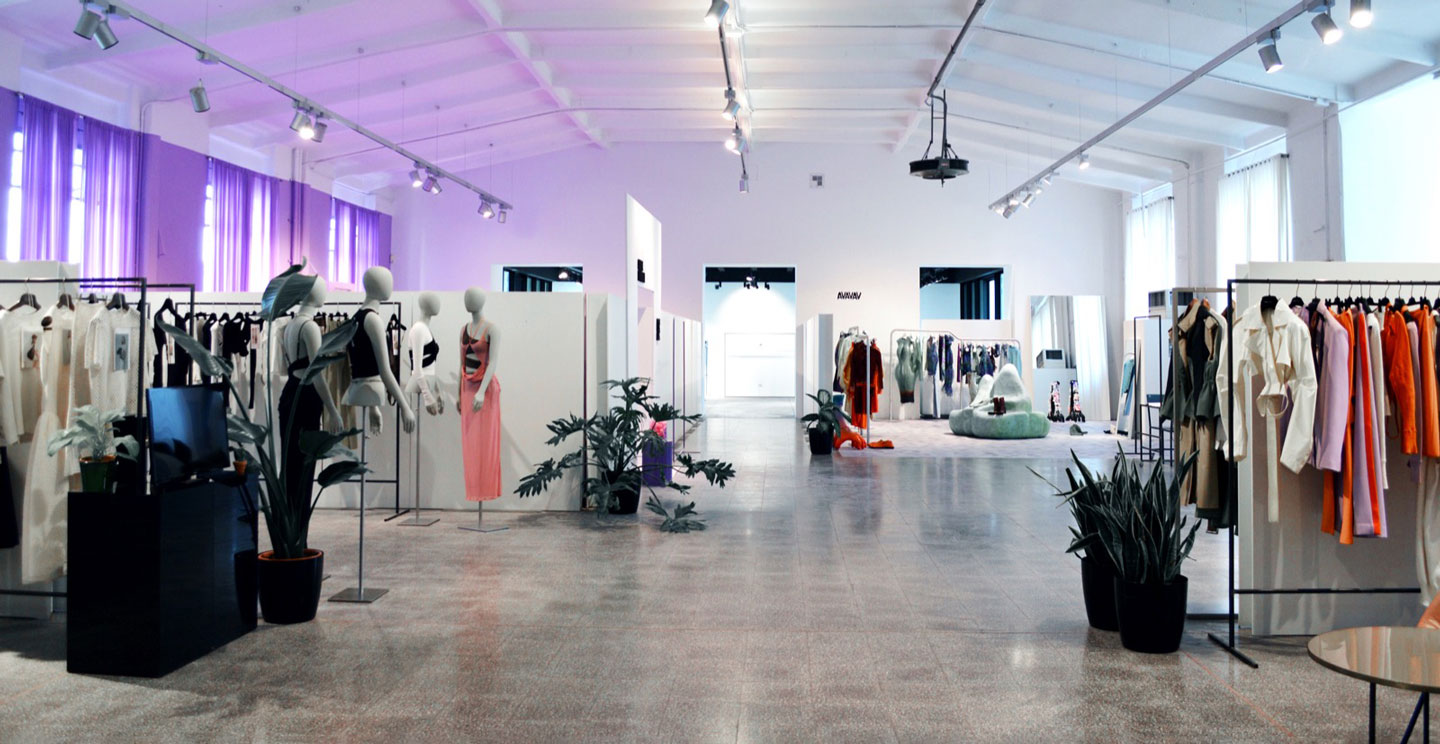
RG Showroom
In terms of their commercial impact, are drops good or not?
They won market approval, along with customisations, such as collaborations between designers, fashion houses (small or big, it doesn't matter) and retailers, in both physical and online stores.
This pushes people to shop more and more, an action that activists are fighting hard against...
Clothing gets old; stuff gets boring. The market reacted by pushing second-hand.
Do you have anything to add?
I want to end with a quote that has been my motto for the last 30 years or so: in fashion, no season needs a new collection, but as soon as a new idea comes up, success comes too.
“In fashion, there is no season that needs a new collection, but as soon as a new idea comes up, success comes too.” – Riccardo Grassi

